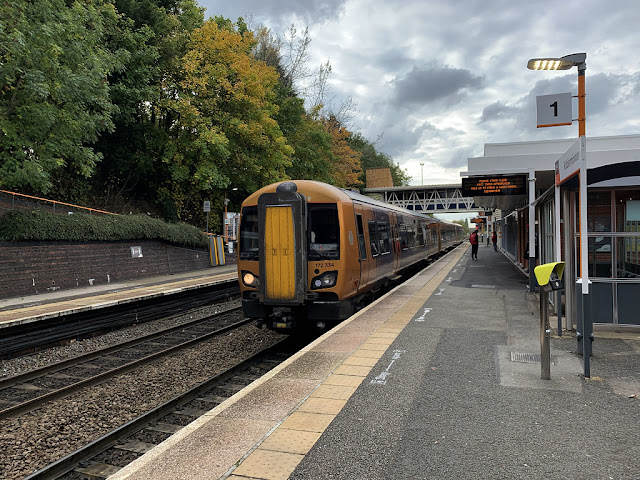Bank is a large transport hub in the City of London interlinked to
Monument tube station.
 |
| Waterloo & City Line 65501 arrives at Bank |
| Information |
| Type: |
Transport for London (Central, Northern,
Waterloo & City Lines & Docklands Light Railway) |
| Station code: |
ZBA |
| Opened: |
1900 |
| Platforms: |
10 |
The first station called Bank (named after the Bank of England) was opened by the City & South London Railway (now the Northern Line) in 1900. However, the Waterloo & City Railway's terminus then called
City opened in 1898. This station was renamed Bank in 1940 though the station and line did not become part of the London Underground until 1994. The Central London Railway (now Central Line) extended to Bank in 1900, opening a couple of months after the CSLR.
Due to the proximity of the CSLR platforms to Monument station an escalator link was opened between the two stations in 1933 [1]. In 1991 the Docklands Light Railway extended to Bank.
The Bank-Monument complex is one of the busiest on the Underground with sixteen entrances and four ticket halls. Work has been ongoing since 2016 to improve passenger access and facilities. Some of this work involves a new Southbound tunnel for the Northern Line, this will use space from
King William Street, the former CSLR station next to Monument.
 |
| Northern Line 51608 arrives |
 |
| Waterloo & City Line platform |
 |
| One of the many tunnels in the Bank complex |
 |
| Another tunnel, it might take someone over an hour to walk every tunnel |
[1] Jason Cross, London Underground Guide 2017 (Train Crazy, 2017) p. 101





































